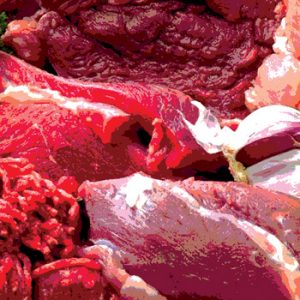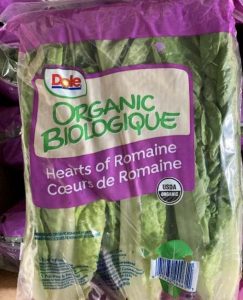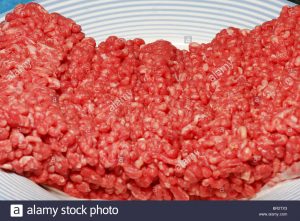Harri Evans of Lancaster Live writes a toddler was left fighting for his life at a North West hospital and suffering kidney failure after eating seagull poo as he played in the garden.
 Jaydon Pritchard, who is just 18 months old, is now doing much better after his ordeal, but is still “not out of the woods” according to his grandparents Arwel and Christine, who look after him along with his mother Tiffany at their home in Amlwch in Anglesey, off the north west coast of Wales.
Jaydon Pritchard, who is just 18 months old, is now doing much better after his ordeal, but is still “not out of the woods” according to his grandparents Arwel and Christine, who look after him along with his mother Tiffany at their home in Amlwch in Anglesey, off the north west coast of Wales.
Jaydon started to feel unwell in early April but was discharged by doctor after they thought he was suffering from a virus.
But Jaydon (below) continued to be sick and sleep lots and then his grandfather said they heard a “horrible noise coming from his cot”.
 Mr Pritchard said: “He was having a fit, so we called for an ambulance straight away.
Mr Pritchard said: “He was having a fit, so we called for an ambulance straight away.
“He had another fit before the ambulance arrived and another three fits on the way to the hospital. It was like he was looking through you. He didn’t recognise anyone.
“There was a point where we really thought we were going to lose him. It was horrific.”
After being rushed to Ysbyty Gwynedd for the second time, a team from Alder Hey Children’s Hospital in Liverpool was sent to pick up Jaydon within a few hours – reports North Wales Live.
He was hooked up to a dialysis machine and received three blood transfusions during his 19-day stay at the children’s hospital.
Mr Pritchard said: “The doctors diagnosed him with kidney failure and told us that he had E. coli poisoning from having ingested the seagull faeces.
“We were fearing the worst at the time, seeing his little body hooked up to the dialysis machine and his face turned yellow.”









